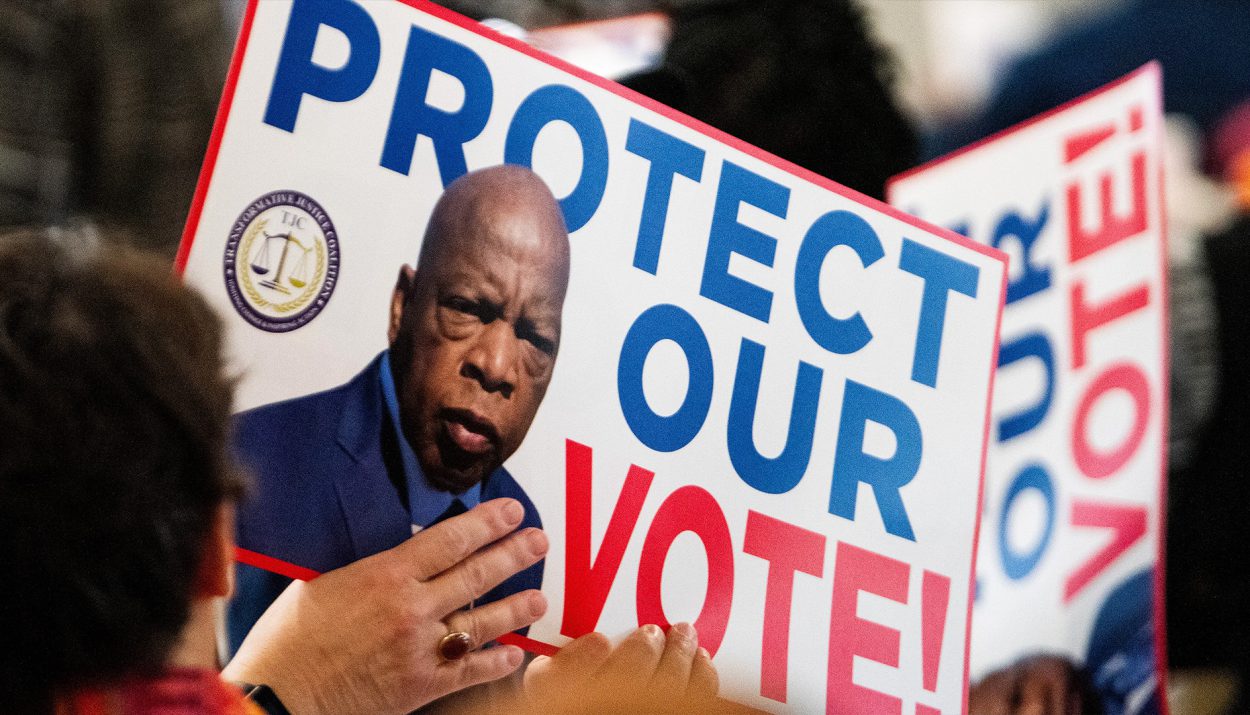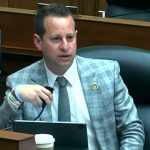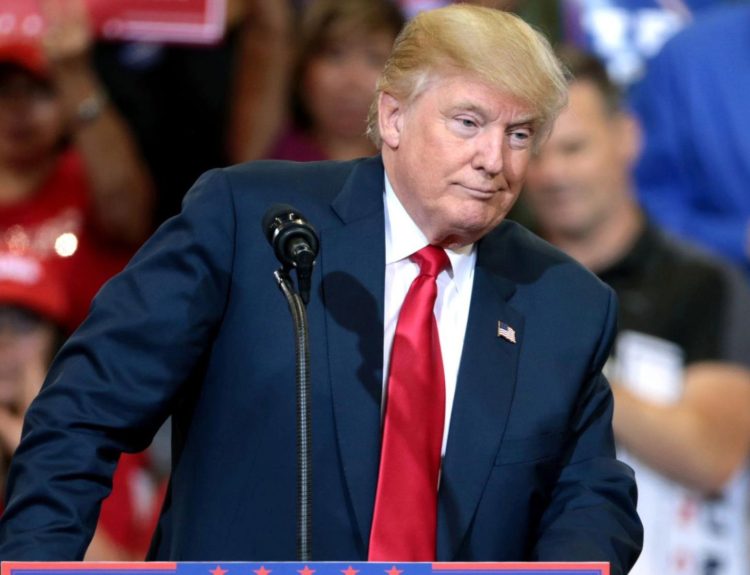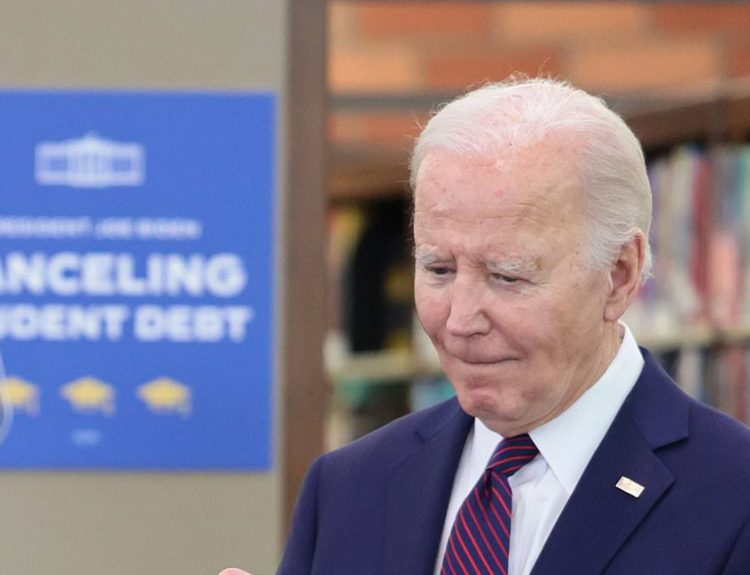In a stunning turn of events, the Democratic primary in Alabama’s second congressional district witnessed an extraordinary surge in voter turnout following the district’s redistricting. With the potential to secure a crucial seat for the party, this remarkable increase has captured the attention of political observers nationwide, hinting at a possible shift in the state’s electoral landscape.
Democratic Voter Turnout Skyrockets by 133% in Redrawn District
The National Redistricting Foundation reported an astonishing 133% increase in ballots cast during the Democratic primary election on Super Tuesday. With 95% of precincts reporting, a total of 57,129 ballots were recorded, dwarfing the 24,478 ballots cast in the 2022 Democratic primary. This unprecedented surge in voter participation has left political analysts buzzing with speculation about the potential implications for the upcoming general election.

The GOP primary, in comparison, saw 56,970 ballots cast, highlighting the exceptional enthusiasm and mobilization among Democratic voters in the redrawn district. This remarkable uptick in turnout suggests a growing desire for change and a heightened sense of urgency among the district’s Democratic constituents.
Voters Speak Out: “People are Willing to Speak Up by Voting”
Benny Newton, a Montgomery radio station owner and long-time voter, shared his insights on the surge in voter turnout. “I’ve voted since 1976. I think people are willing to speak up by voting. I think if you get people hooked into voting, and they voted in the primaries then they’ll vote in the general, probably more so,” Newton remarked, underlining the importance of engaging voters early in the electoral process.
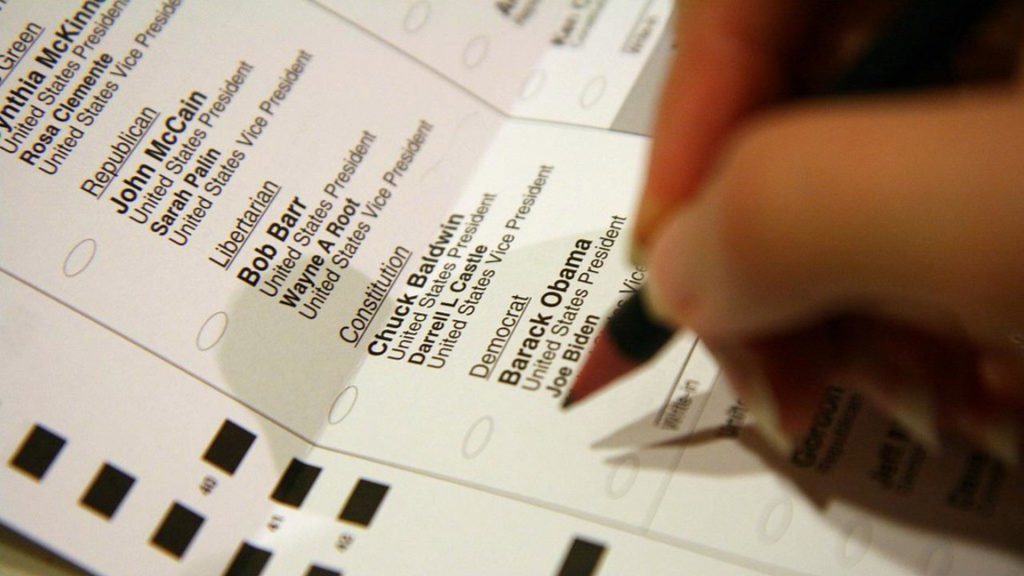
Newton’s observations point to a growing awareness among voters about the power of their vote and the potential impact it can have on shaping the district’s political future. The increased participation in the primary election bodes well for the upcoming general election, as engaged voters are more likely to continue exercising their democratic rights.
19 Candidates Vie for Congressional Seat in Hotly Contested Primary
The primary election for Alabama’s second congressional district drew an impressive 19 candidates, with 8 on the Republican ballot and 11 on the Democratic side. The fierce competition and diverse range of candidates underscore the heightened interest and stakes in this newly redrawn district.
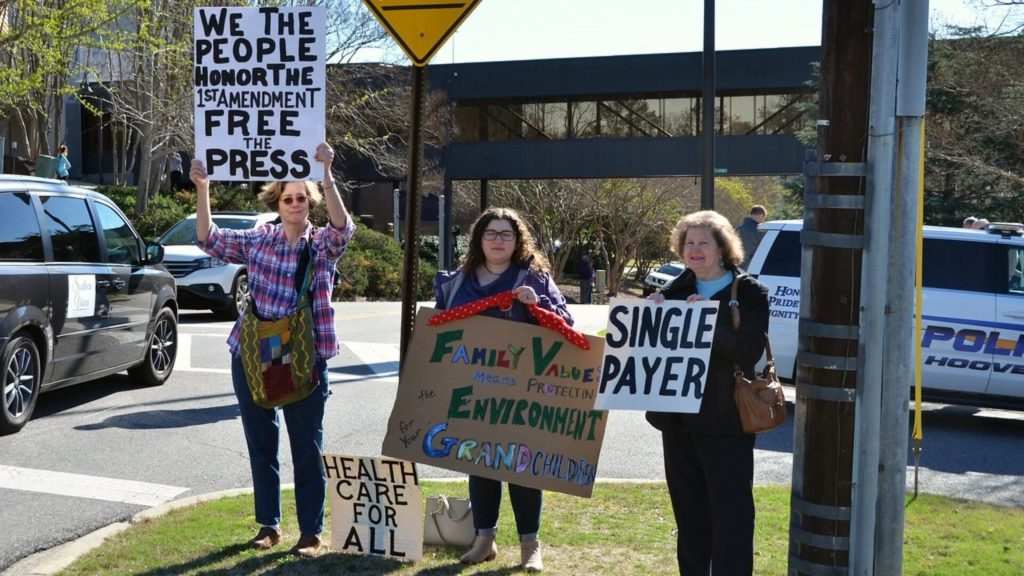
Both the Republican and Democratic primaries advanced to a runoff, indicating the absence of a clear frontrunner and the need for further deliberation among voters. The high number of candidates and the necessity for a runoff election demonstrate the complex political landscape and the intense battle for the congressional seat.
Young Voters Drive the Surge: “My Generation Has Seen the Impacts of Voting”
Emily Smith, a University of Alabama graduate student, exemplifies the dedication and determination of young voters in the district. Despite a four-hour round-trip journey from Tuscaloosa to her polling place, Smith made the effort to vote in person, emphasizing the importance of participating in local elections.
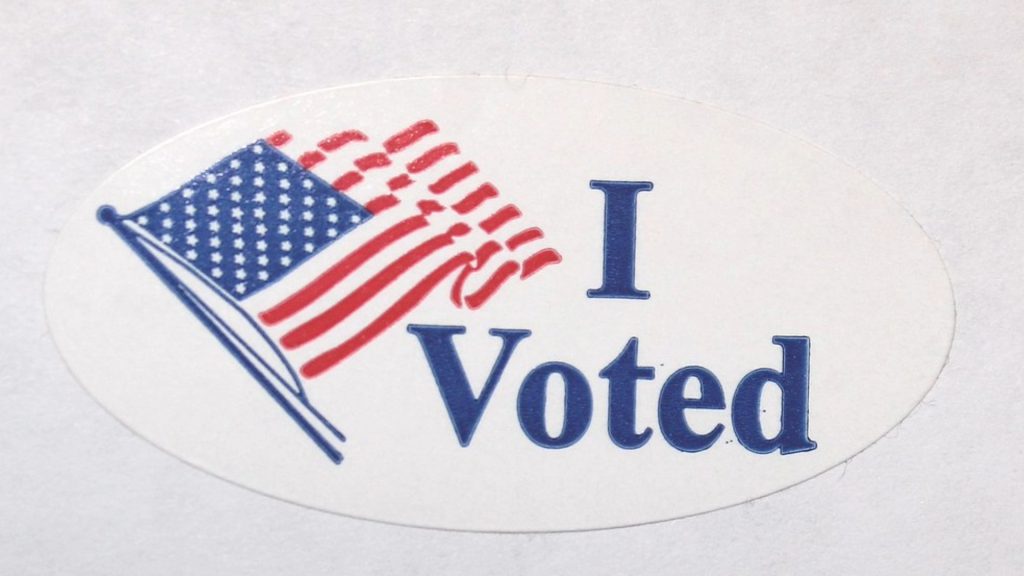
“I think my generation has seen the impacts of voting as well as not voting and making an effort to get their ballots in. Also, I think this election is more contentious than previous presidential elections in the second district, so people are more inclined to vote,” Smith explained, highlighting the growing political awareness and engagement among younger voters.
Redrawn District Ignites Political Engagement and Activism
The redistricting of Alabama’s second congressional district has not only reshaped its boundaries but has also reignited a sense of political engagement and activism among its residents. The unprecedented voter turnout in the Democratic primary serves as a testament to the power of redistricting in galvanizing communities and mobilizing voters.

As the district’s political landscape evolves, voters are becoming increasingly aware of the stakes involved and the potential for change. The surge in Democratic voter turnout suggests a growing desire for representation and a willingness to actively participate in the democratic process.
Grassroots Movements and Community Organizing Fuel Voter Participation
Behind the scenes, grassroots movements and community organizing efforts have played a crucial role in driving voter participation in the redrawn district. Local activists, civic groups, and political organizations have worked tirelessly to educate, engage, and mobilize voters, ensuring that every voice is heard.

These grassroots efforts have not only contributed to the remarkable increase in voter turnout but have also fostered a sense of community and shared purpose among the district’s residents. By empowering individuals to take an active role in shaping their political future, these movements have laid the groundwork for sustained civic engagement.
Voter Suppression Concerns Loom Amidst High Turnout
Despite the encouraging surge in voter turnout, concerns about voter suppression persist in Alabama. Advocates and activists remain vigilant, working to ensure that every eligible voter has equal access to the ballot box and that their rights are protected.
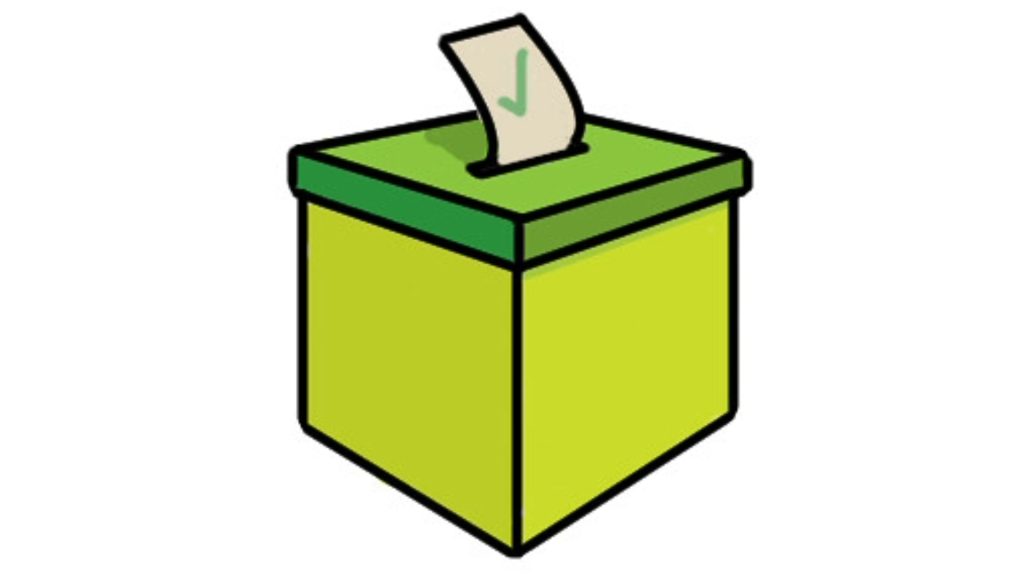
The high turnout in the Democratic primary serves as a powerful reminder of the resilience and determination of voters in the face of potential barriers to participation. As the general election approaches, efforts to combat voter suppression and promote free and fair elections will remain a top priority for the district’s residents and advocates.
Shifting Demographics and Evolving Political Landscape
The redrawn congressional district has not only altered its geographic boundaries but has also brought about shifts in its demographic composition. As new communities are incorporated into the district, the political landscape is evolving, presenting both challenges and opportunities for candidates and voters alike.

The increased diversity within the district has the potential to bring fresh perspectives, ideas, and priorities to the forefront of political discourse. As candidates seek to represent the interests of a changing constituency, they will need to adapt their strategies and messaging to resonate with a broader range of voters.
National Implications and the Battle for Control in Congress
The outcome of the election in Alabama’s second congressional district could have far-reaching implications on the national stage. With Democrats seeking to maintain or expand their control in Congress, every seat counts, and the party’s success in this redrawn district could prove pivotal.
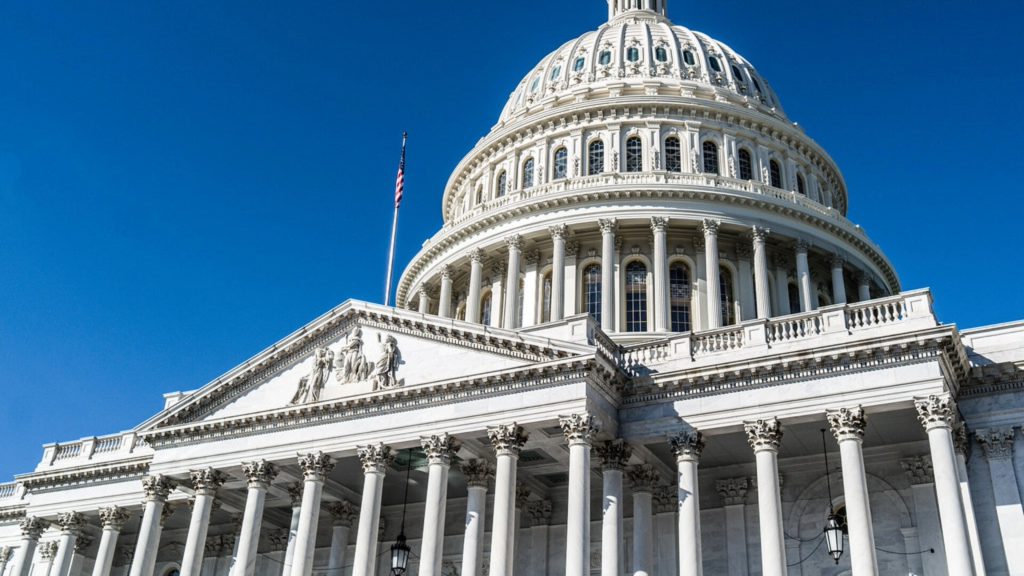
Political analysts and strategists nationwide will be closely monitoring the results of this election, as it may provide insights into broader trends and shifts in voter sentiment. The battle for control in Congress is fierce, and the outcome in Alabama’s second district could tip the balance of power.
Voter Education and Outreach Efforts Intensify
As the general election approaches, voter education and outreach efforts are intensifying in the redrawn district. Community organizations, political parties, and advocacy groups are working diligently to ensure that voters are informed about the candidates, issues, and the voting process itself.

These efforts aim to empower voters, particularly those from traditionally underrepresented communities, to make informed decisions and exercise their democratic rights. By breaking down barriers to information and providing accessible resources, these outreach initiatives are crucial in fostering an engaged and well-informed electorate.
Candidate Platforms and Key Issues in Focus
As the primary election moves to a runoff, the platforms and key issues championed by the remaining candidates are coming into sharper focus. Voters are eager to understand where each candidate stands on crucial matters such as healthcare, education, economic development, and social justice.
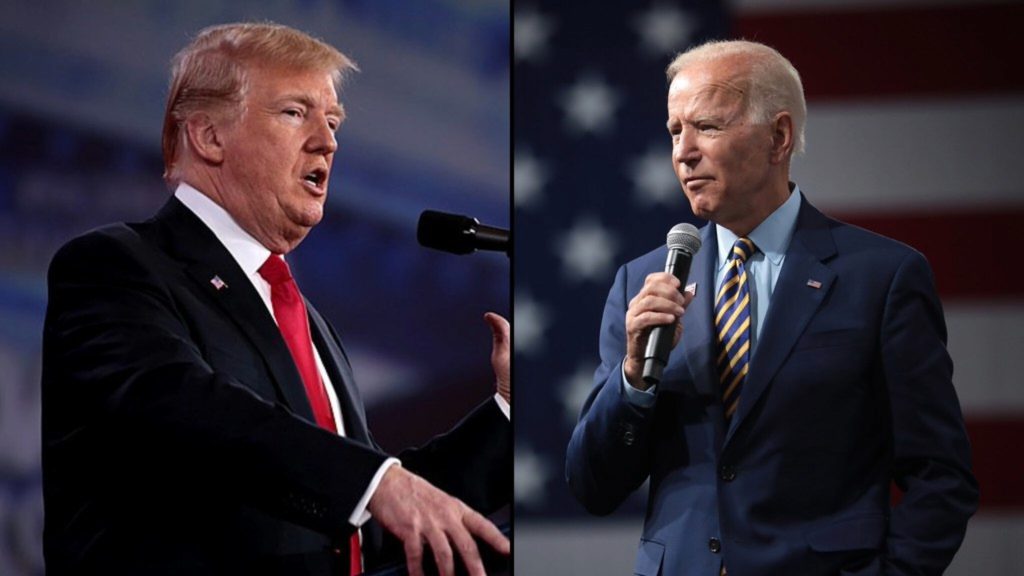
The runoff election presents an opportunity for voters to delve deeper into the candidates’ positions and make a more informed choice. As the candidates articulate their vision for the district’s future, voters will be weighing their options and considering which candidate best represents their values and priorities.
The Role of Money in the Election
As with any high-stakes election, the role of money in the campaign cannot be overlooked. Candidates and their supporters are investing significant resources to reach voters, fund advertising efforts, and mobilize their base.

The influence of money in politics has long been a subject of debate, and this election is no exception. Voters will be considering not only the candidates’ positions and qualifications but also the sources of their financial support and the potential implications for their future decision-making.
The Power of the Vote: Shaping the Future of the District
As the general election approaches, the power of the vote takes center stage. The unprecedented turnout in the Democratic primary serves as a reminder of the immense potential for change that lies in the hands of the district’s residents.
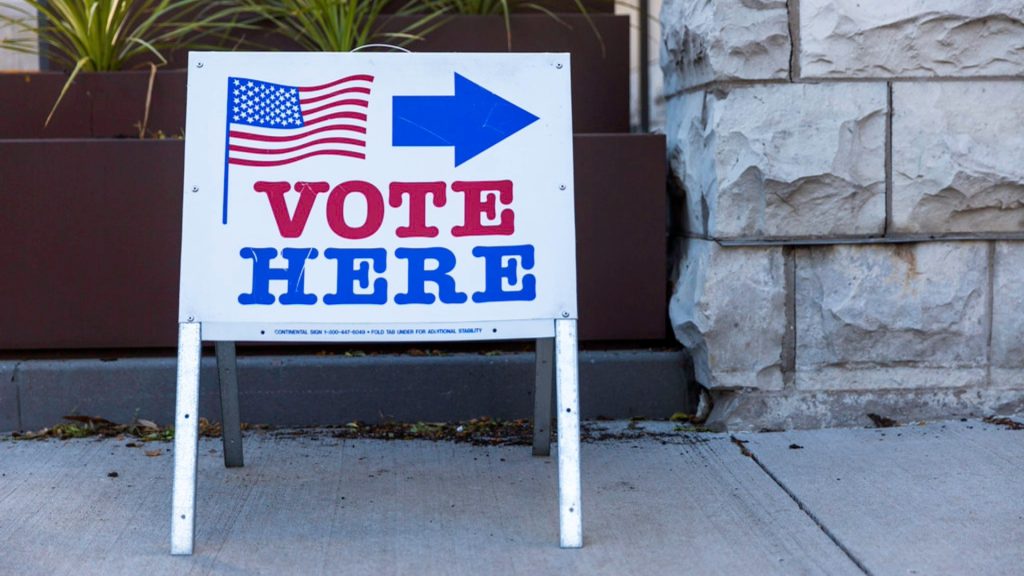
Each vote cast is a statement of values, priorities, and aspirations for the future of the district. By exercising their democratic rights, voters have the opportunity to shape the political landscape, hold their elected officials accountable, and advocate for the issues that matter most to their communities.

